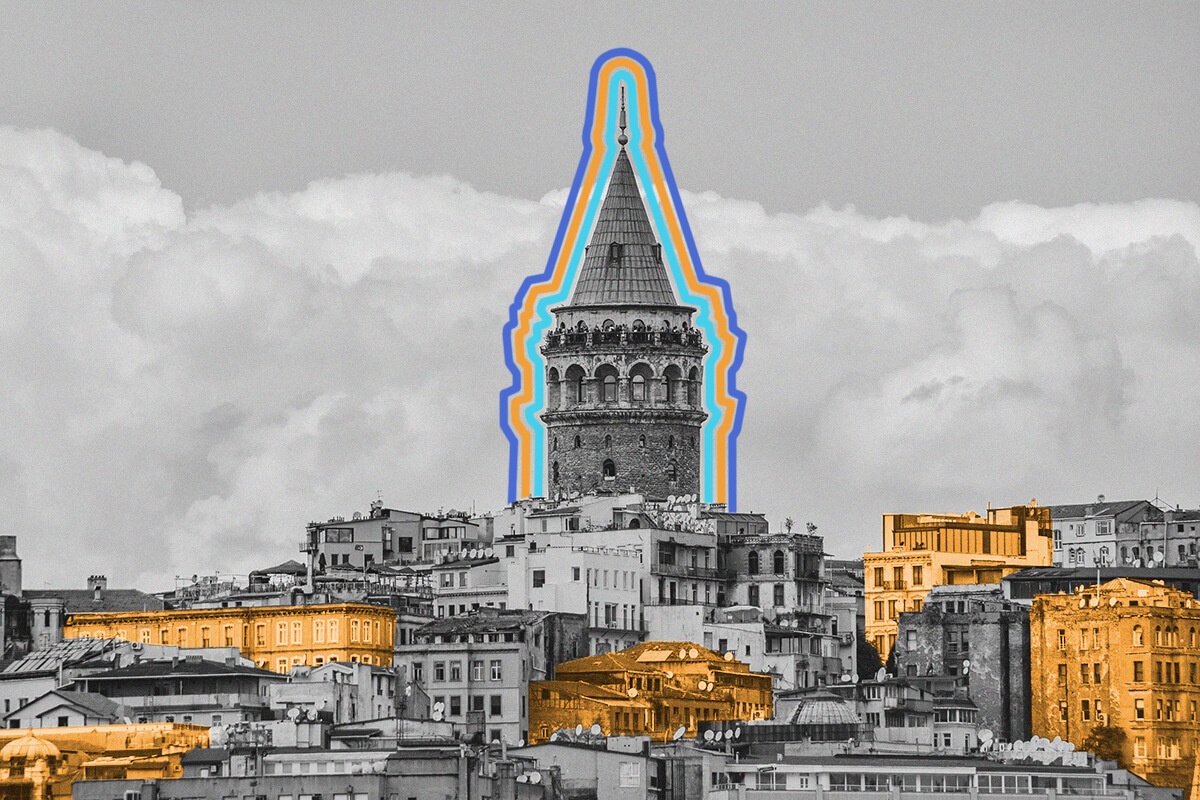
Istanbul, Turkey, is located in both Europe and Asia.
Istanbul (formerly known as Constantinople, and before that as Byzantium) isn’t just the biggest city in Turkey. At 15.4 million people, it’s the most populous city in all of Europe, and its location — between the Black Sea and the Mediterranean — has helped to make it one of the most famous cities in history, not to mention the capital of both the former Byzantine and Ottoman empires. (The capital of modern-day Turkey, incidentally, is the inland city of Ankara.)
In addition to its more than 2,500-year-old history and fascinating architecture (including the Hagia Sophia, built as a church in the sixth century CE), Istanbul is notable for being split between two continents, Europe and Asia, by a thin ribbon of water called the Bosporus. Around one-third of Istanbul’s residents live in Asia — east of the Bosporus — while the rest live in Europe. The European portion of Turkey is also known as East Thrace or Turkish Thrace (after the ancient Thracian tribes that inhabited the region), while the Asian region is sometimes called Anatolia. Istanbul itself is stitched together across the Bosporus with multiple bridges, two underwater tunnels, and lots of ferries. The newest addition, the Eurasia tunnel, opened on December 20, 2016, and allows cars to travel between the two continents in just 15 minutes.
Around 7,000 years ago, the Black Sea might not have been a sea at all. A leading scientific theory suggests that as glaciers retreated from the Earth’s most recent ice age, the Black Sea was a freshwater lake filled with glacial melt. But as the world’s seas rose, so did the salt water from the ocean-fed Mediterranean. This rise created a narrow connection to the Mediterranean through both the Bosporus and Dardanelles (another strait in Turkey), transforming the Black Sea into the inland sea it is today. Over the millennia, the heavier salt water sank and created an anoxic — zero oxygen — environment in the depths (around 600 feet) of the Black Sea, meaning that almost nothing can live there. The lack of physical and chemical processes that contribute to decay has transformed the sea into a well-preserved graveyard of shipwrecks stretching back thousands of years.

